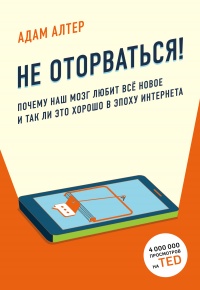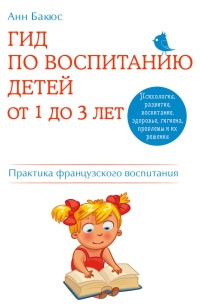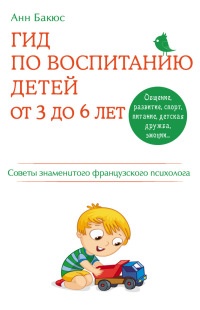Книга Добавьте в друзья своих детей. Путеводитель по воспитанию в цифровую эпоху - Ялда Т. Улс
На нашем литературном портале можно бесплатно читать книгу Добавьте в друзья своих детей. Путеводитель по воспитанию в цифровую эпоху - Ялда Т. Улс полная версия. Жанр: Разная литература / Психология. Онлайн библиотека дает возможность прочитать весь текст произведения на мобильном телефоне или десктопе даже без регистрации и СМС подтверждения на нашем сайте онлайн книг knizki.com.
Шрифт:
-
+
Интервал:
-
+
Закладка:
Сделать
Перейти на страницу:
Перейти на страницу:
Внимание!
Сайт сохраняет куки вашего браузера. Вы сможете в любой момент сделать закладку и продолжить прочтение книги «Добавьте в друзья своих детей. Путеводитель по воспитанию в цифровую эпоху - Ялда Т. Улс», после закрытия браузера.
Книги схожие с книгой «Добавьте в друзья своих детей. Путеводитель по воспитанию в цифровую эпоху - Ялда Т. Улс» от автора - Ялда Т. Улс:
Комментарии и отзывы (0) к книге "Добавьте в друзья своих детей. Путеводитель по воспитанию в цифровую эпоху - Ялда Т. Улс"
























